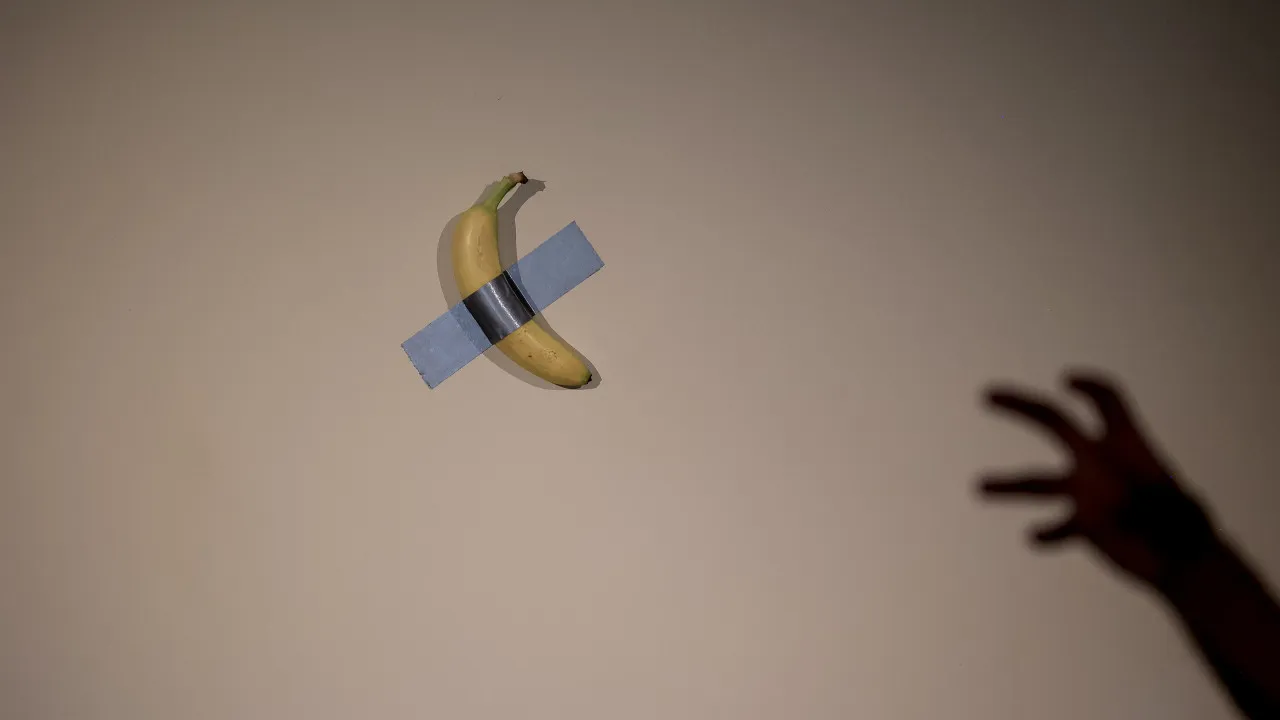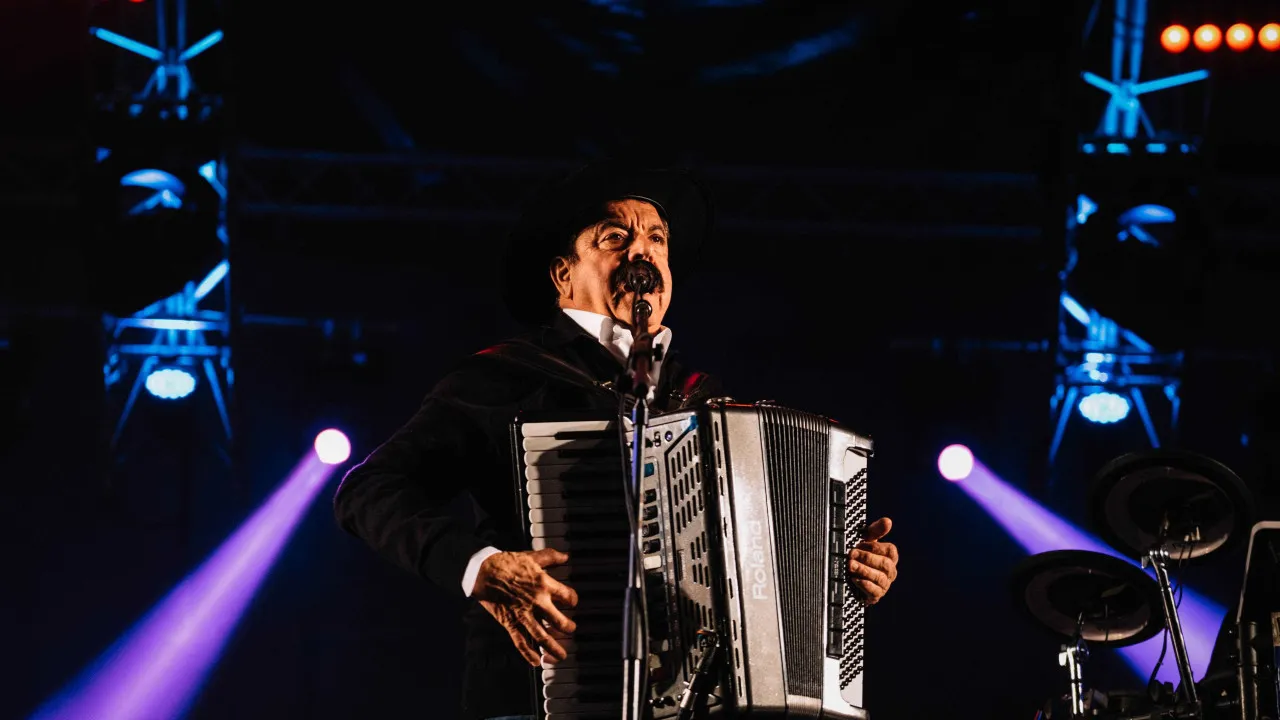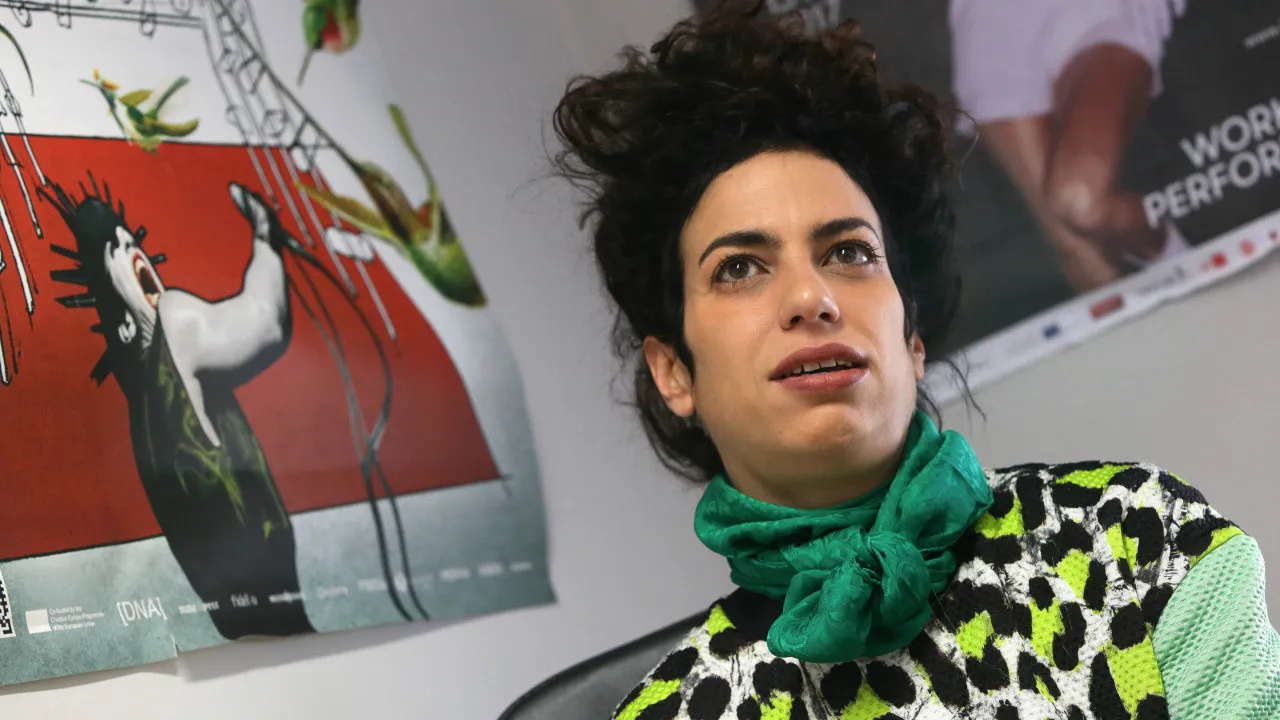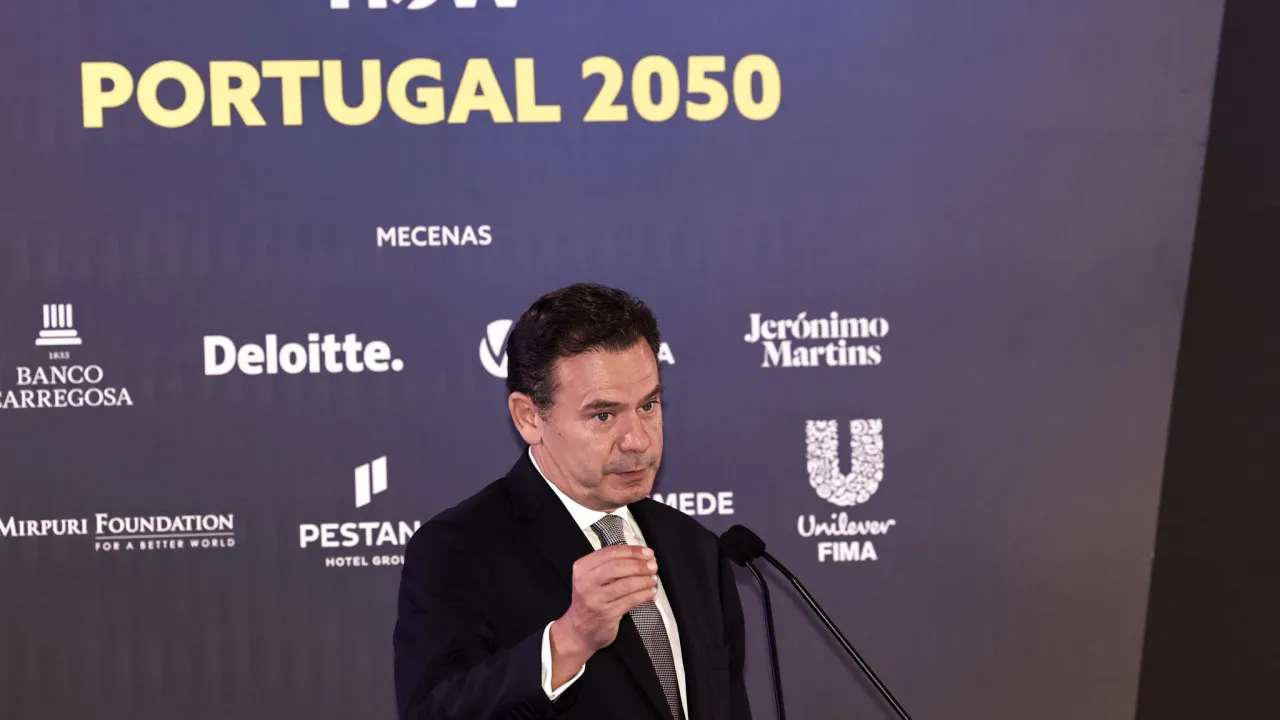A former military officer who photographed the events of April 25 in Figueira da Foz recalled that in the barracks where he served, the revolution began hours before the troops advanced, with the arrest of the commander.
A professional photographer for 50 years, as long ago as the revolution of April 25, 1974, Jorge Dias has lived and worked in that coastal town in the district of Coimbra ever since. On the night of April 24th, about two hours before the troops left the barracks and advanced towards Lisbon, the then militiaman, who was serving in the former Heavy Artillery Regiment (RAP 3), detained the commander of the military unit, accompanied by Captain Dinis de Almeida.
“The barracks were closed, the commander entered at 9:00 p.m. and we went to arrest the commander at 9:30 p.m., which was nonsense, since the order to move forward was from 10:30 or 11:00 p.m.,” Jorge Dias told Lusa.
At the barracks in the Lapa area, which later housed the Portuguese army’s Practical School of Services and Transport and now houses the GNR Training Center, Jorge Dias had been contacted by Dinis de Almeida, who, knowing the political leanings of the young military man from Marinha Grande – he was close to the PCP – challenged him to accompany him.
The photographer, who would go on to photograph the movement of troops at RAP 3 in the early hours of April 25, as well as the celebrations of the following days and the demonstrations on April 27 and May 1, says that he disarmed the sentry at the officers’ mess and then accompanied Dinis de Almeida to the commander’s quarters, where the captain arrested the officer after also disarming him.
“We actually performed at a little past nine in the evening. Between 9:30 and 10:00 p.m., we had the matter resolved, the first situation was resolved,” he said.
Asked by Lusa if this performance, which took place before the revolution’s radio cues were broadcast – the first, the song “E Depois do Adeus”, by Paulo de Carvalho, broadcast at 22:55, and the ‘order’ to leave the barracks with “Grândola Vila Morena”, by Zeca Afonso, at 00:20 – put the performers at risk, Jorge Dias agreed.
“We might have been putting our lives at risk, but we always have to take risks. But we were almost certain that it [the revolution] wouldn’t fail. If it had gone wrong, we wouldn’t be here today in the same way,” he said.
On April 27, Figueira da Foz witnessed, in the words of Jorge Dias, a highly participatory, exponential demonstration, with thousands of people on the streets celebrating freedom.
The gathering of citizens began with the return to RAP 3 of the soldiers who had left for Lisbon and the procession made its way through the city center (namely the commercial Rua da República) and the riverside area, before passing by the other barracks that existed in the city at the time, the Centro de Instrução e Condução Auto (CICA 2), whose facilities were later used to house the PSP and the now-defunct International University.
The demonstration ended in the square in front of the RAP3, where a crowd gathered to applaud the soldiers, many of whom were on a balcony on the second floor, as shown in a photograph taken precisely by Jorge Dias.
“It was something unforgettable, that only photographs can prove and not let people forget,” said the ex-military officer.
Today, at the age of 73 – he turns 74 on Figueira da Foz’s City Day, on June 24 – Jorge Dias admits that the events of April 25 “partly changed” his life, since he chose to follow the ‘call’ of photography (which he had as a child) in the city where he portrayed the revolution.
“But my life is still at an impasse. I understand that the 25th of April has yet to be fulfilled and there are many things that need to be done, such as being more honest so that this works as well as possible, so that people don’t become impoverished, young people stop emigrating and the country improves visibly,” he emphasized.








